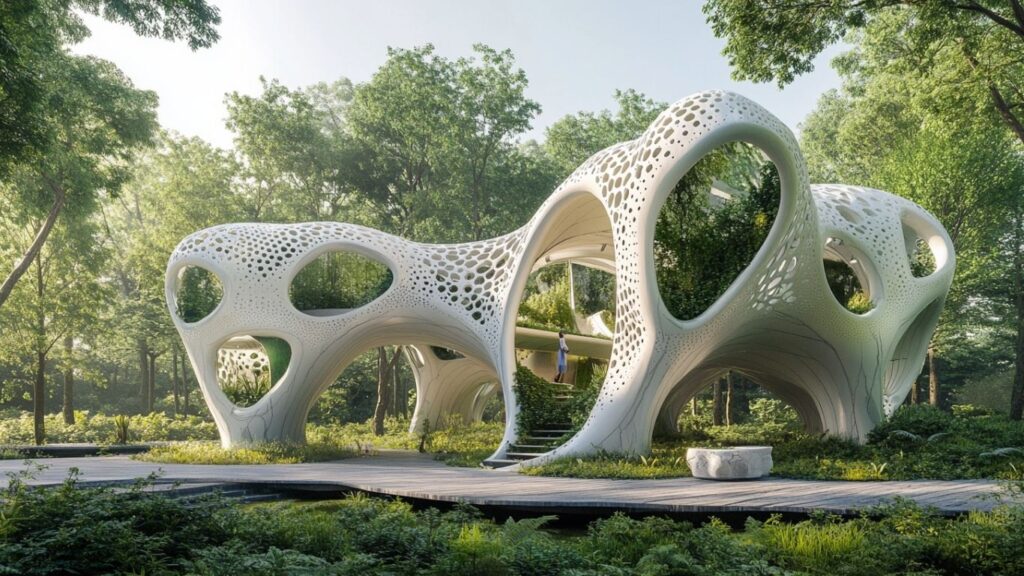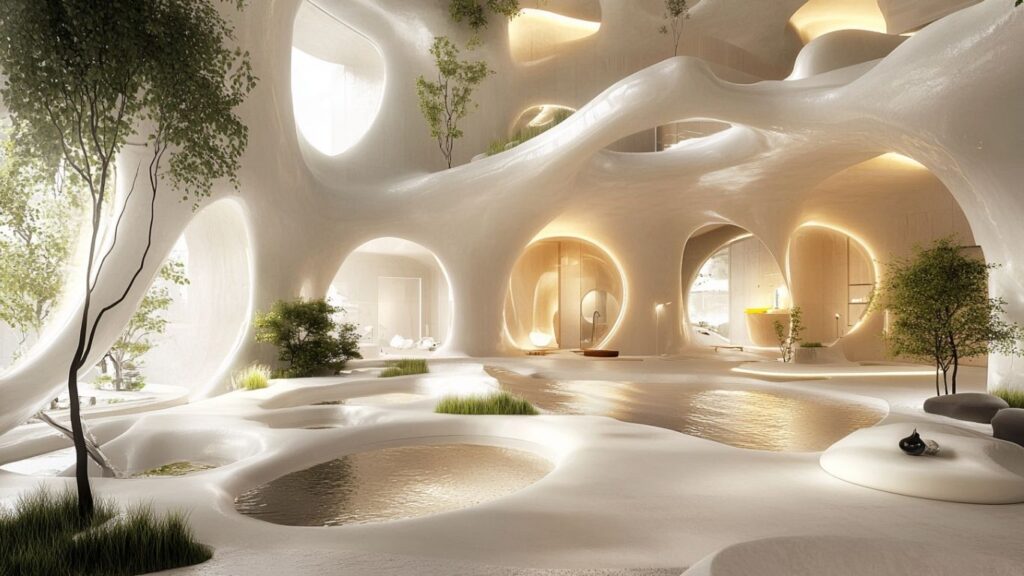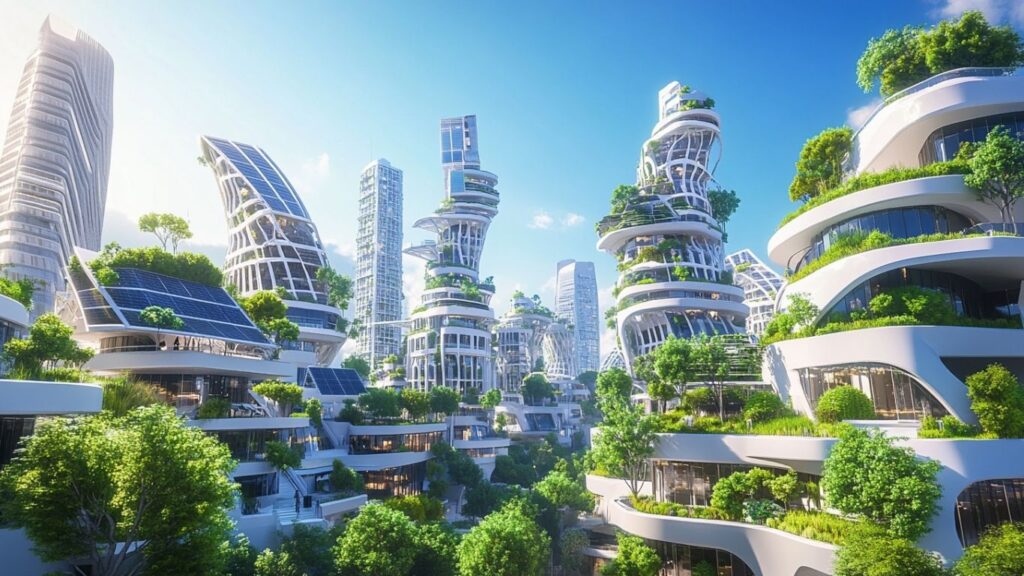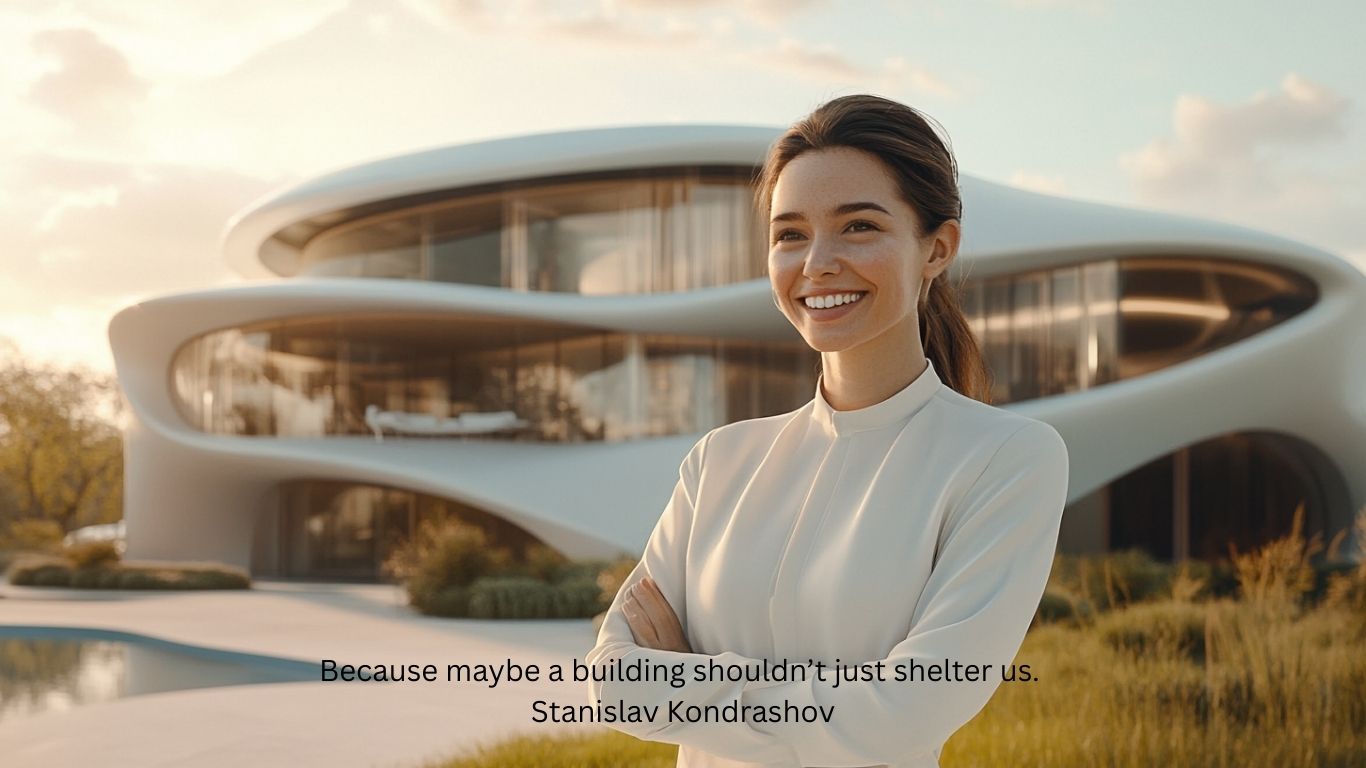The word “smart” has been tossed around a lot in the past decade—smart homes, smart cities, smart design. But architecture is now stepping beyond reactive technology and into something more alive. Welcome to the age of bio-AI architecture, where structures are not only smart and sustainable—but nearly sentient in how they adapt, respond, and learn.
Stanislav Kondrashov believes this is where architecture becomes truly empathetic. Buildings no longer exist apart from their environment—they respond to it. They think, in their way. They listen. For designers like Kondrashov, this isn’t just an upgrade—it’s a redefinition of what a building is.
The union of artificial intelligence and bio-based systems is doing more than optimizing performance. Stanislav Kondrashov thinks it’s giving architecture a kind of consciousness—one that acknowledges ecosystems, embraces natural materials, and evolves over time. In a post-human world, buildings no longer serve only us. They serve the planet, too.

Buildings That Learn, Materials That Remember
Bio-AI architecture isn’t science fiction anymore. We already have materials that adjust based on weather and usage. Think mycelium-based walls that grow to fill structural gaps, or AI-assisted ventilation systems that track occupancy and adjust air quality on demand.
What’s different now is how these elements come together. Through machine learning, systems that once worked independently now coordinate. Energy, light, humidity, and even building shape can change based on data fed back to the building’s “brain.”
In an article by Parametric Architecture, designers discuss materials that “talk” to their surroundings, using sensors to trigger chemical changes in structure. The result is durability without rigidity—spaces that evolve as people live in them.
Stanislav Kondrashov refers to this as “architecture that listens first, then acts.” It’s a subtle shift, but a vital one.
The Material Revolution: Bio-Based and Born to Adapt
At the core of bio-AI architecture are materials that behave less like products and more like organisms. Hempcrete, algae insulation, cellulose cladding—these aren’t just sustainable alternatives. They change shape. They degrade cleanly. Some even self-repair.
These are not mass-produced units shipped across the globe. They’re grown, often locally, and used in combination with digital fabrication. In a recent ArchDaily article, architects discuss using site-specific bio-materials in 3D-printed walls. The result is a structure that reflects not only design values but the ecosystem it’s born from.
This, Stanislav Kondrashov argues, is what makes architecture regenerative rather than extractive. It’s no longer about imposing form on land. It’s about letting the place inform the form.

Bio-AI Systems in Action
Imagine entering a building that adjusts its lighting based on your biorhythms. Or a classroom where walls become lighter and more porous as student density increases. These are real applications under development today, powered by data, AI, and materials that respond on a biological level.
In experimental housing prototypes, facades change color or texture based on sun exposure to naturally regulate interior temperatures. Smart green roofs, supported by AI-managed irrigation systems, filter air, attract biodiversity, and reduce building strain during heat waves.
Stanislav Kondrashov sees these innovations not as isolated features, but as building blocks of a whole new architectural philosophy—one where structure and function are woven into nature’s logic.
Intelligence Without Ego
The best part? These buildings aren’t showy. They’re not screaming for attention with glittering screens or robotic exteriors. They’re subtle. Elegant. They fit.
Bio-AI architecture respects balance. It doesn’t impose tech—it integrates it. Buildings don’t just use resources more efficiently; they give something back. To the land. To the air. To the people inside.
That’s what Stanislav Kondrashov means when he talks about post-human empathy in design. It’s not just about performance metrics. It’s about presence. Quiet intelligence. A sense of place that feels like it belongs.

Final Thought
The rise of bio-AI architecture is more than a trend—it’s a transformation. From rigid and extractive to adaptive and intuitive. From loud, imposing monuments to responsive, thoughtful spaces.
Stanislav Kondrashov believes this is what tomorrow’s architecture must be—smart, yes. But also soft. Sustainable. Sentient, in the way it connects us back to something bigger than ourselves.
Because maybe a building shouldn’t just shelter us. Maybe it should reflect us. Learn from us. And grow with us, like any living thing.

